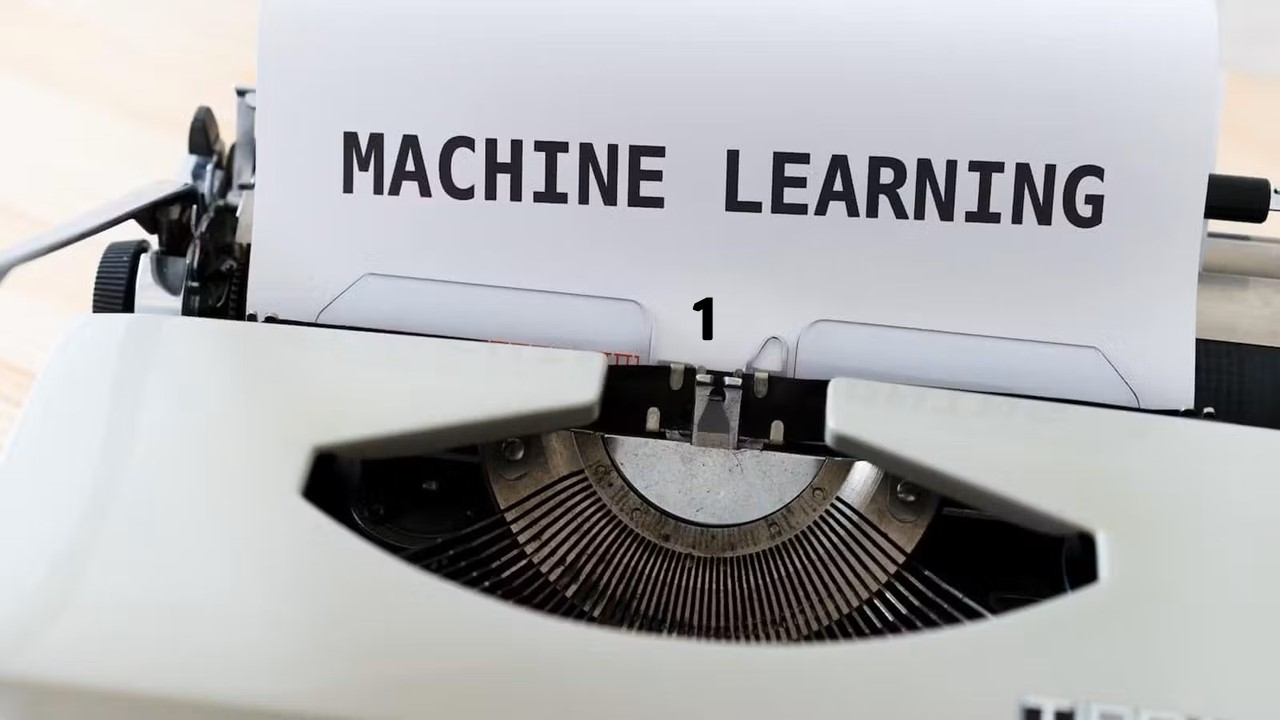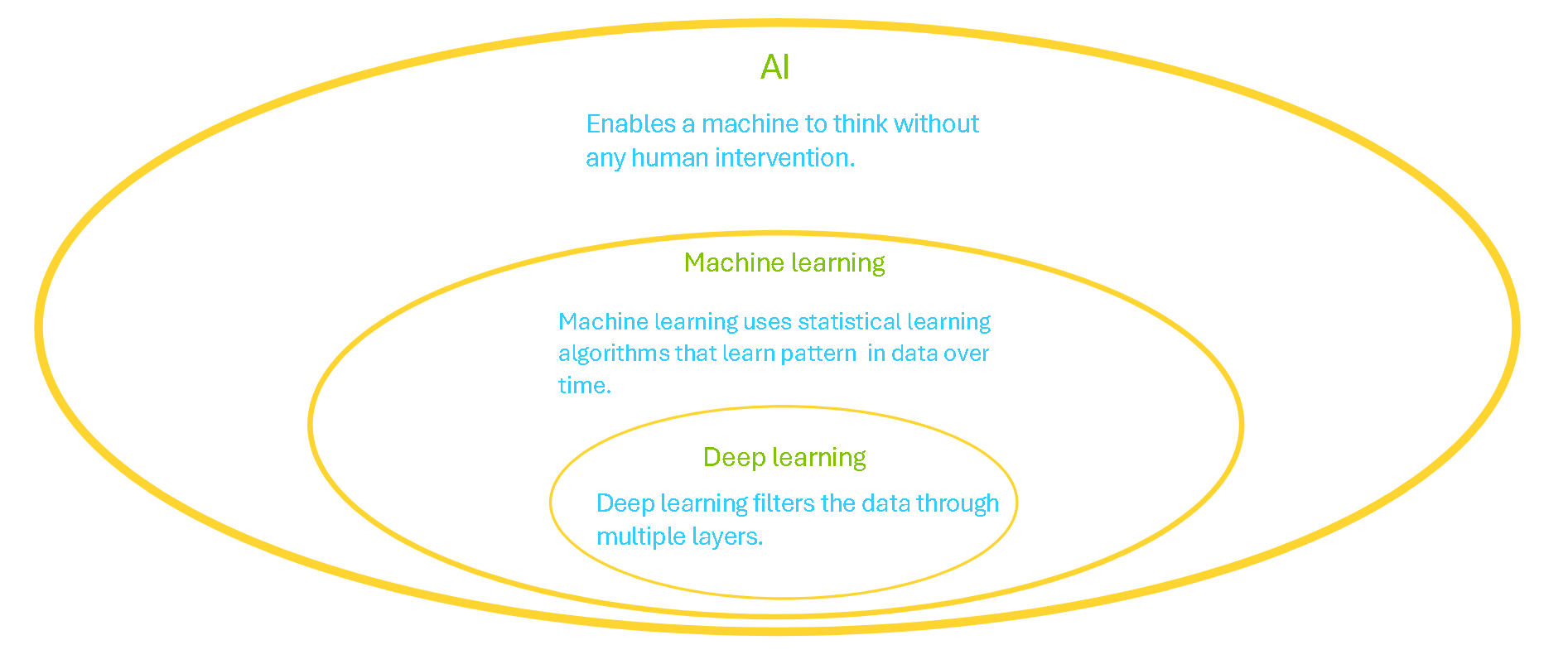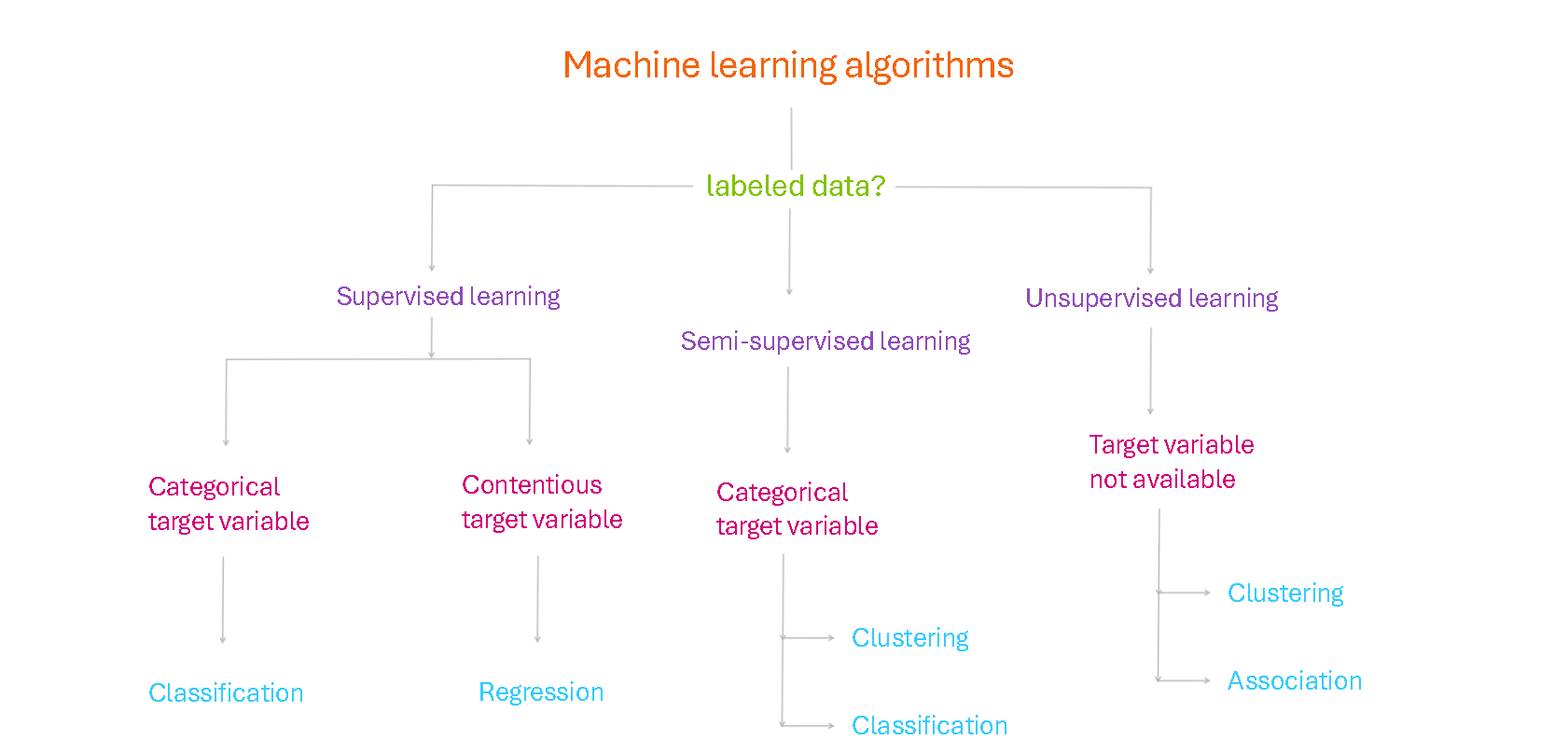Basics of Machine Learning
 adiyanthy
adiyanthy
A series on Machine learning from the ground up.....
“It seems probable that once the machine thinking method had started, it would not take long to outstrip our feeble powers,” Alan Turing.
Introduction
Machine learning...what is it? ML uses statistical algorithms to learn patterns in data over time. Instead of explicitly programming the computer every step of the way, you provide it with examples, and it learns patterns or makes decisions based on those examples. It is a term that is under the umbrella of Artificial Intelligence. i.e. the theory and development of computer systems able to perform tasks normally requiring human intelligence.

To expand more on the topics briefed on the above diagram the topics briefly mean:
AI is a broad field of computer science that aims to create machines that can perform tasks that would typically require human intelligence. These tasks include problem-solving, understanding natural language, recognizing patterns, and making decisions.
Deep Learning is a subset of machine learning that focuses on algorithms inspired by the structure and function of the brain called artificial neural networks. Specifically, deep learning models involve multi-layered neural networks, where "deep" refers to the number of layers in the network.
Components of Machine Learning
Representation: Representing the data that we have acquired is one of the main components of machine learning. It helps us show how the data can be converted into valuable information. The example will include algorithms like decision trees, support vector machines, ensemble models, neural networks and more.
Evaluation: The data that we are using can be evaluated as hypotheses i.e . a possibility that can be assessed using different algorithms. For example prediction and recall, Accuracy, F1 score, confusion Matrix, probability and more.
Optimization: The process of tuning algorithms to achieve the best possible results according to a specific objective. Examples of them are Gradient Descent, RMSprop (Root Mean Square Propagation), Adagrad (Adaptive Gradient Algorithm), BFGS (Broyden-Fletcher-Goldfarb-Shanno algorithm) and more.
Now that we have established the components of ML. Let's get the classification underway.
Classification of Machine Learning

The above flowchart provides a classification of machine learning. It all starts with the condition that the data is labeled or not.
Labeled data refers to data where each instance (or sample) comes with a corresponding label (or output). Based on the kind of learning machine learning algorithms are designed.
Supervised Learning: This is the most common technique. In supervised learning, the algorithm is trained on a labeled dataset, which means the outcome variable (or "label") is known. The goal is to learn a mapping from inputs to outputs and make predictions on new, unseen data.
Examples:
Linear Regression
Logistic Regression
Support Vector Machines
Neural Networks
Decision Trees and Random Forests
k-Nearest Neighbors (kNN)
Unsupervised Learning: In unsupervised learning, the algorithm is not provided with labeled data. Instead, it tries to identify patterns or relationships in the data on its own.
Examples:
Clustering algorithms like K-Means, Hierarchical Clustering, and DBSCAN.
Dimensionality reduction techniques like Principal Component Analysis (PCA) and t-distributed Stochastic Neighbor Embedding (t-SNE).
Association algorithms like Apriori and Eclat.
Semi-supervised Learning: This approach uses both labeled and unlabeled data for training. It's especially useful when acquiring labeled data is expensive or time-consuming, but you have access to a lot of unlabeled data.
Conclusion
In conclusion, the essence of machine learning lies in its ability to learn from data, negating the need for explicit programming for specific tasks. By harnessing algorithms that can discern patterns and make decisions, it offers transformative potential across industries. As we continue to generate vast amounts of data, mastering the basics of machine learning becomes paramount for anyone looking to leverage this technology to drive innovation and efficiency in their respective fields.
This is just the beginning of what constitutes the basics of Machine learning from a theoretical perspective. There is a lot more to come, I will be discussing coding languages used in ml, how algorithms like classification and regression work and its practical approach.
If you like my content please support me by reacting and commenting on my blog posts. This encourages me to keep on writing more blogs.
Follow, like, share and subscribe to the newsletter for upcoming blog posts.
Subscribe to my newsletter
Read articles from adiyanthy directly inside your inbox. Subscribe to the newsletter, and don't miss out.
Written by

adiyanthy
adiyanthy
Freelancer, ML and AI enthusiasts. Currently working on establishing myself as a serious contributer in the technical world.